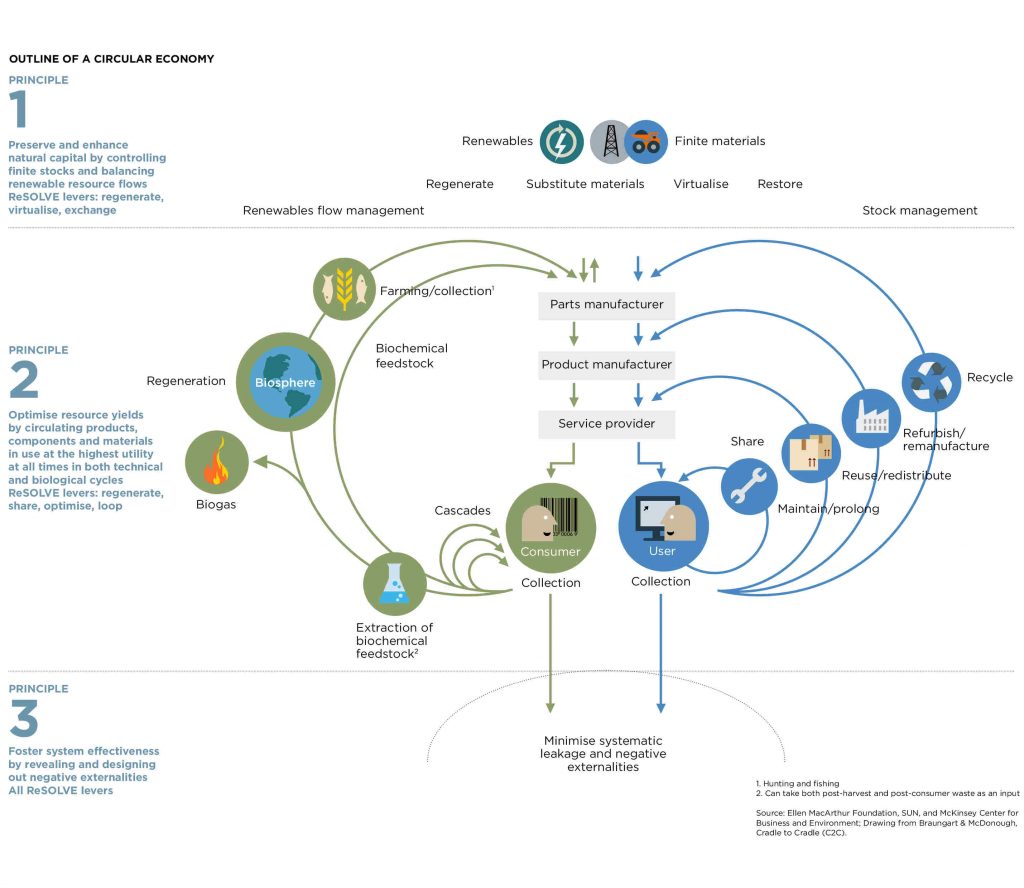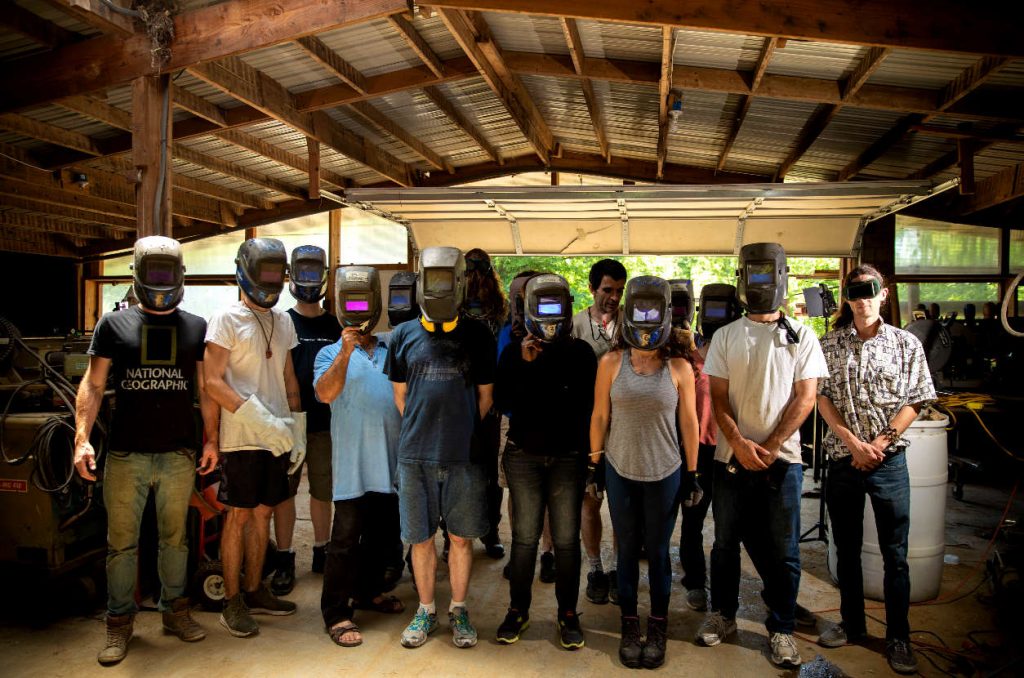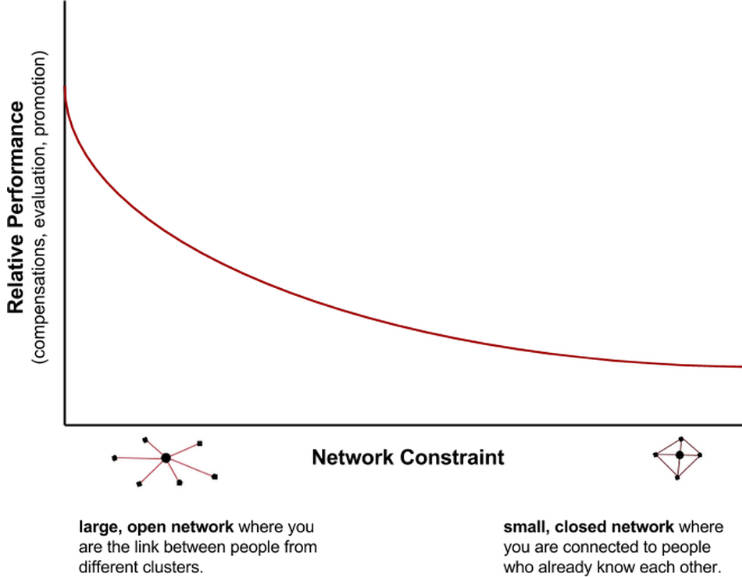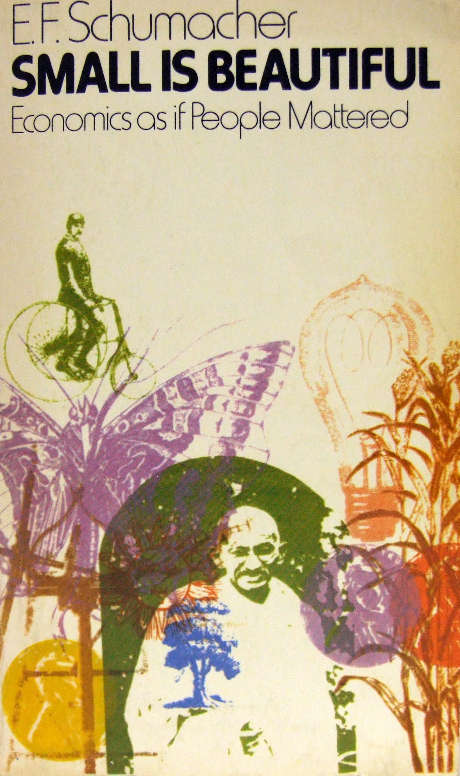We do collaborative design – for a transparent and inclusive economy of abundance. We talked about creating a scalable platform for open source product development since 2008 – when we first formulated the Global Village Construction Set (GVCS) concept. We’ve been prototyping hundreds of GVCS machines over the last decade, but did little on productization and financial feedback loops. We watched as the project began to grow on its own (that is a line from my TED Talk, but we plateaued before widespread replication. At the same time, we developed our Extreme Manufacturing Workshop model for crowd builds. As such, we learned how to build machines – in One Day – or houses in a few days. This has become our main revenue source since our Shuttleworth Foundation funding dried up by 2014. We never developed kits or products for cash flow – it has been more ad hoc as we kept on learning. We are continuing the Extreme Builds, such as with the upcoming CEB Microhouse Build in Belize. We are now developing kits as a revenue stream. Along the lines of smaller desktop microfactory tools, we began to run STEAM Camps – with our first one 2 months ago. The STEAM Camps teach collaborative literacy applied to open source product development, where each Camp builds upon the former to develop real products.

STEAM Camps + HeroX Incentive Challenges
We would like to grow the STEAM Camps. This is relevant directly to our core mission of teaching open source product development methods. The revenue model here involves the participants who pay for the experience – which allows us to continue the events – while contributing to Global Village Construction Set development in a tangible way.
The STEAM Camp worked well enough in our last STEAM Camp that we are scaling the STEAM Camp effort. The idea is to continue developing – both hardware and the curriculum – as part of the actual Camps – until we arrive at economically viable products. If this addresses making a living for all the instructors – then it’s a win for the open source product development method.
Another important purpose of the STEAM Camps is training people for Incentive Challenges. On September 1, 2020 – we plan to launch a $250k incentive challenge on HeroX. The challenge involves design and enterprise blueprints for the world’s first, open source, professional grade cordless drill – made from waste plastic. The challenge involves developing a garage-scale microfactory that can achieve this. The microfactory includes 3D printing and plastic recycling.
By using open source design and recycling capacity – we are creating the circular economy and finally taking consumer goods out of the waste stream. This is a 10x lifetime improvement over industry standards. To us, lifetime design is a game-changer from the environmental perspective – and also from the human treadmill perspective. If products last a lifetime, then we don’t need to buy new ones and thus we increase our economic freedom. Lifetime design is key to environmental integrity, and it is part of a paradigm shift in production. Lifetime design would require a transition to design-for-improvements and design-for-repair – as opposed to growing landfills. Indeed, we plan to offer a lifetime warranty with a twist – in that the product will improve in time – not degrade. By virtue of modular, open source design – products can be upgraded or repaired.
Unleashing Creativity
The goal of the Incentive Challenge is to show the first clear example that open source product development – coupled with distributed production – can produce common consumer goods better, cheaper, and faster than proprietary development. If a strong example can be made of an open process like this working beyond software – with hardware – then it is likely that the process can be applied to any other hardware product. This has actually already happened for 3D printing – but nobody noticed.
We foresee a shift to the open method of development in hardware. That is – we see that open source hardware will follow the pattern of open source software – the fringe movement from 1991 that now dominates the world. This is simply inevitable.
However, does open hardware make a fundamental paradigm shift in society? Not without an upgrade in the software of the human brain, which requires a shift from competitive to collaborative. Our big question is, How do we transition the economic paradigm from proprietary to collaborative development? Open hardware is a prerequisite. Our goal is to show that this prerequisite is possible – within a year of Sep 1, 2020. We would like to spin off small enterprises producing cordless drills in many communities – alongside the other 4 giants who currently dominate the $10B cordless drill market. Our goal is to achieve Distributed Market Substitution of cordless drills within a 3 year window. Why? So that we achieve a data point on the feasibility of collaborative development producing superior results to proprietary development. Distributed manufacturing would require distributed production engineering and distributed quality control. These are quite distinct from the status quo. We’re working on the new way.
We think that such goals are beyond any individual or existing company – and that only an unleashed, collaborative process, and collaborative culture can accomplish such product. If this succeeds, we will have rewritten human economic history. If we fail, we will have learned much about open development. I don’t think that any compelling evidence exists for centralized, proprietary production remaining a superior way to do business in the digital age – if efficiency, effectiveness, environmental factors, and social factors are considered. The efficiency can’t be the current “this is the most amazing drill but it lands in a landfill in 3 years.” It must instead be an efficiency that reflects more circular economy principles (ref):

For OSE, principle 2 (share), and principle 3 (design out all negative externalities) includes organizing as a Distributive Enterprise so that we aren’t ”reinventing the wheel” as is typical when multiple companies battle to design almost-identical products. The preferred solution is to collaborate – which can also be reframed as ”competing with mediocrity,” not with other companies.
So let’s do it. The best way to predict the future is to create it, paraphrasing Lincoln et al.
STEAM Camps + Incentive Challenges Are a Distributed and Scalable Route to Open Source Product Development
Our current approach is to run with the STEAM Camps and Incentive Challenges to scale development. The STEAM Camps must be really good – if they are to make impact. Thus, the promise is:
- To provide an amazing experience that spreads by word of mouth
- To teach fundamental open source product development skills, using fully open source toolchains
- To develop real products during STEAM Camps, and produce a real contribution to Distributive Enterprise
- To build a team of instructors, for continuing the development effort
- To do all of this with a bootstrap-funded model
- Point 5 relates to the structure of mainstream funding, which we think can easily contribute to structural evil. In the typical get-a-boatload-of-money-and-exit model – there appears to be little vetting for the true merit of any enterprise. That is – throw enough money at it – and it will succeed. The only problem is, you could be creating a monster. For this reason, we like the bootstrap funded way, because it forces an enterprise to succeed on its own merit, and does not limit someone without money. Bootstrap funding is more relevant to widespread replication – only skill and perseverance are prerequisite. Yes, the number of entrepreneurs is small, but our goal is to lower the barriers to entry.But how can we get critical mass – for product development and enterprise creation – by bootstrap funding? By incentivizing collaborative development properly. This is our current effort to do just that.To create a compelling product in the STEAM Camp, we need to increase the collaboration by building an A-team of instructors/curriculum creators. I’ve been contacting people to help co-create – and The Invitation still stands. This new experiment aims to live up to our mission of ‘collaborative design for a transparent and inclusive economy of abundance.’ Forget the DIY spirit that I mentioned in my TED Talk – we need to Do it Together (DIT). But – how do we pay a dozen instructors if you are running a single STEAM Camp? Impossible from a single event. But quite doable if we run multiple events at the same time. Running multiple events allows us to attract as many instructors as needed to share the prerequisite development effort. The limiting step is finding and on-boarding qualified instructors – who can develop curriculum, teach, design, and prototype – with the caveat that they all be open source super-cooperators. Organizationally – finding more people is more effort, but it pays off.
The Invitation
Forming the team appears to be the hard part. I’m writing this blog post to communicate this need.
The Invitation is to join our team of instructors. It’s an open invitation, with the requirement of a track record in open AND collaborative work. Have you done any open design or developed any product under an OSI or OSHWA-compliant license? Can you learn the 9 day curriculum well enough to teach it? Then join us. You will have to produce curriculum and prototypes, and you will have to learn with the other instructors so you can teach effectively. The biggest requirement is your subscription to open, collaborative culture. We start by collaborating on development – learning open hardware, enterprise, teamwork, and many different skills that allow us to grow successfully. We will do multiple events in different locations in parallel – on a 3 month development cycle.

What Exactly is the STEAM Camp Teaching?
The STEAM Camp contains theory but focuses on the hands-on imperative. In the first 4 days of the camp, every participant builds and takes home a 3-in-1 CNC machine. We also build a cordless welder. This is possible by using a modular approach with proven, open source modules, and the lowest unique part count of any CNC system in the world. We rely on the Universal Axis with the Universal Controller to build a 3-in-1 machine with quick-connect toolheads. The toolheads are a 3D printer, plotter, and CNC mill. These tools are used to make 3D printed parts and electronic circuits (plotter). We include other builds that show a vast diversity of builds: brushless motor, Arduino Uno, charge controller, battery packs, and power electronics controller – all built from scratch. The 5 project days include and a choice of (1) aerial drone, (2) Raspberry Pi tablet, or (3) vacuum robot. We will move on to other builds in successive events and diversify to the Extreme Manufacturing of larger goods – such as electric vehicles or induction furnaces. These builds are to be completed in a short time frame by careful selection of robust design, simplicity, modular components, low parts count, and pre-made parts – while using quality documentation. We work from well-prepared kits – but the kits consist of basic parts that go deeply into the underlying design: rods, bearings, belts, wire connectors, bolts, stepper motors, etc. Because our design features high modularity and the lowest unique part count of any CNC machine in the world – rapid builds are still possible. With the 3 tools, derivative products can be made from scratch by 3D printing, making circuits, using basic jigs, and using common off-the-shelf (COTS) parts. The combination of digital fabrication, modularity, common off-the-shelf (COTS) parts, and robust design makes practical products feasible. The goal is to deliver industrial productivity on a small scale.
The point is to deliver the best products possible, by developing the best designs, and publishing them openly so everyone can benefit. While this type of process does happen to a certain extent in various open source hardware projects – so far such projects are rare. We aim to create a continuous, replicable, scalable, and stable process for developing open hardware – where marketable products can be delivered on a predictable schedule. There is a level of organizational infrastructure required for that to happen. We are working on this organizational infrastructure.
Here is a 38 minute explanation of some of the curriculum design rationale – a discussion with one of our advisors, Steve. I also mention the Open Source Everything Store, the open source version of Amazon.
The Larger Context
Our goal is to combine the STEAM Camps process with the HeroX incentive challenge to create a powerful platform for open product development. The STEAM Camps are designed such that anyone who takes the Camp is capable of participating in the open source design/build Incentive Challenge. We are designing the Incentive Challenges for 1000+ coopetitors (cooperative competitors), with rules of the game based on complete collaboration and building upon each other’s work. We are very clear that the OSE challenge will be different. In a standard challenge, everyone is competing (you are not allowed to copy others’ work), and thereby the product created can only be a small fraction compared to a collaborative result. In our collaborative route, participants are expected to upload their designs as soon as they have them, and others are rewarded for building upon them. Our rules are slanted for 0 competitive waste – an idea which I found completely absent in ALL of the challenges I examined. In our proposed challenge – people are still competing – but not between each other – but with mediocrity. It blew me away that I could find no other challenge (please show me otherwise) that was actually collaborative!
If everyone collaborates, then we can in principle create a truly outstanding and complete product design. For us, the level of completion includes the open source production engineering, and the open source machine designs involved. It also includes developing enterprise infrastructure: open source revenue models, marketing, and distribution for an open source franchise. What? The open source franchise is an open source enterprise (one that publishes all of its know-how publicly) – an instance of a Distributive Enterprise. It is an enterprise whose business is putting other people in business. It’s the same as a typical franchise – except all of its product and enterprise blueprints are open source and available for use and improvement to make the world a better place.
It is recognized that access to open networks is the largest predictor of one’s career success. We are interested in following openness because such openness in organizational design can provide the most value to the largest number of people.

For the specific case of the cordless drill – we would like to distribute this production to a hundred collaborators worldwide right after the Incentive Challenge. And then grow this to thousands. We have to show first that people can make a living building open source hardware. Not just a few people – but many – who all collaborate on open design and open production – with feedback loops that improve product quality. We are interested in building an organization and societal infrastructure which supports such collaboration. The infrastructure would need to include training, continuing product development, marketing, sales, standards and certification – both for products and for the producers. We believe that distributing production far and wide is a prerequisite to democratic society, and that creating such a framework is not only valuable but indispensable for human evolution.
If the numbers of cordless drill producers grow to thousands worldwide – then we have probably achieved Distributed Market Substitution of the $10B cordless drill industry, which appears to produce around 100M cordless drills per year if an average drill costs $100. But we would need to produce 10x fewer drills, as the open source version would last 10x longer. That gets us down to 10M drills per year. 10,000 producers would need to produce 1000 drills each per year to meet this quota. That sounds about right: 100 drills per month in a garage-scale workshop. And there are about 5000 cities with populations over 150,000. [https://www.quora.com/How-many-cities-are-on-Earth] – so about 1 cordless drill enterprise per city worldwide. These large numbers sound crazy from an organizational perspective, but the trick is to do this with high efficiency and low waste in a distributed framework – because Small is Beautiful.

Changing the World
You may be asking how the Open Source Microfactory STEAM Camp with 4 day of training + 5 project days could change the world. First, we must ask if it has value? The answer is 3-fold.
- Education is valuable. The market for education is $1.4T (trillion) in the USA alone [https://www.globenewswire.com/news-release/2018/04/09/1466926/0/en/U-S-Education-Market-Will-Reach-USD-2-040-billion-by-2026-Zion-Market-Research.html]. See market size. If the STEAM Camp grows into local microfactories, and then into OSE Campuses, the growth potential is significant. For STEAM Camps, enrichment programs, after school programs – just about everyone takes them. The OSE program can grow to hundreds or thousands of events worldwide. The limiting factor may be the number of qualified instructors.
- We are developing real products. Between the STEAM Camp and the Incentive Challenge – the promise is building capacity to produce 80% of what can be found on Amazon. That is a trillion dollar market. Furthermore, the market size for all of the GVCS technologies is at least $1B for each product and its derivatives.
- We are developing people. Instructors have an opportunity for rapid learning from their instructor peers – across technology, enterprise, and personal/team growth areas. The participants benefit from this – by being immersed in a rapid learning environment. Instructors can advance to building open source microfactories and OSE Campuses, both of which increase access to education. Imagine that Anyplace, World – now joins as a cutting edge contributor to the global community – because all of its people have access to quality education.
- Now some more details:
- We teach core and powerful skills. By building a 3D printer, circuit maker, and CNC mill – and building a 3D printed motor, microcontroller, electronics circuits, and a cordless welder – all from scratch – and by learning basics of FreeCAD design – and by learning basic part libraries and Universal Controller and Universal Axis modules that can be used to build other things – you have tapped a tool set of wide applicability. Because what we teach is fundamental, modular, and scalable, you can build other and larger things. In fact, if you really master the content that we teach – you’ll be able to produce 80% of the consumer goods on Amazon – just with the 3 tools you build and your skill set to take off from there. The curriculum is super tight. For the novice, we provide basics. For the more advanced students, you can always delve deeper into the essential content that we provide.
- We collaborate. Imagine what happens when not only your group of 12 in a Camp works on a design – but if a dozen or more groups contribute. This can produce amazing results – if you know how to collaborate and share tasks effectively. We do this by breaking down the tasks into the smallest modules – and develop them in parallel. Task breakdown is a critical skill that you will learn, as is basic skills of collaborative literacy that allow you to work together.
- We iterate. Each camp builds upon the last one. We continue developing each technology until it is a remarkable product.
- We build leaders and teams. This applies to STEAM Camp instructors and students. Instructors are required to keep honing their skills with successive events. We encourage participants to join our development team, and to grow into Instructors. We encourage instructors to grow their skills – and build a microfactory in their community, and eventually to build an [[OSE Campus]]. We develop our ability to communicate and collaborate. We learn to create teams that work like genius – as tackling global issues requires the ability to create genius teams in a replicable way.
- We are interested in solving pressing world issues. We believe that addressing material security for everyone is essential. We believe that access to knowledge is essential. We use the STEAM camps to create the [[Open Source Everything Store]] – a manifestation of distributed production.
- We are open. Our inbound and outbound boundaries are open. If you want to participate, our curriculum, kits, and products are open source. You are encouraged to start a business, and we will provide templates. If you want to work with us, we invite you to our STEAM Camps, or to join as an instructor. If you join us, but think you could do better on your own, you are free to leave and use our materials to do so.
- We are building a funding model for making an ethical living. If you don’t like working for someone and don’t like it – join us to create your world as you like it. We are working on financial freedom – a prerequisite for the world to transition beyond the loss of meaningful in peoples’ lives. ”Making a living” should not be a core preoccupation that prevents us from pursuing our true goals.
- We are developing a different way to run the economy. The idea is simple – we are simply reformulating the economy to eliminate all competitive waste. It starts with each of us being able to use abundant resources to free ourselves from material constraints.
- To finish up – take on The Invitation – and pass it on to your friends.Call to ActionUse this form if you would like to pursue the opportunity to run STEAM Camps with us – or to suggest any other potential candidates:

Comments are closed, but trackbacks and pingbacks are open.